Flight duty has been keeping me very busy these past weeks and months! Near the end of April, we all went up to Mt. Hagen for our quarterly shopping trip. While Nellicia worked on purchasing groceries and supplies, I spent the week with an instructor pilot completing my Advanced Airstrip Training.
Monday started with a ground briefing where we discussed the procedures, challenges, and all other things related to operations into steep airstrips. After lunch, we strapped ourselves into our seats and took off for Dusin, a small village with a 400m long airstrip at a 9% slope, with a few passengers and some water tanks. As we neared the airstrip, our discussions were focused around how to determine aiming points and the standard for approaching steep airstrips. Our wheels touched down and my brief adrenaline rush subsided, though I realized very quickly that I couldn't let my focus slip yet. As I taxied the aircraft to the parking bay, it kept trying to slide on the slope of the hill. Managing the energy and momentum of the plane's weight became crucial while taxiing so that we didn't slip off the airstrip!
On Tuesday we had a full programme ahead of us, so took off as soon as we could in the morning. Our first destination was Kompiam, where we picked up some health workers. I received a warm welcome from the village as well as the doctor aboard my flight, all who remembered me from our time spent in Kompiam during language training. We flew the health workers to Rum, a village only 5 minutes of flying away. There is a road connecting the two villages, but it is currently impassable due to washouts; even without washouts, the road is very dangerous because it is carved onto the very edge of a steep mountain.
Monday started with a ground briefing where we discussed the procedures, challenges, and all other things related to operations into steep airstrips. After lunch, we strapped ourselves into our seats and took off for Dusin, a small village with a 400m long airstrip at a 9% slope, with a few passengers and some water tanks. As we neared the airstrip, our discussions were focused around how to determine aiming points and the standard for approaching steep airstrips. Our wheels touched down and my brief adrenaline rush subsided, though I realized very quickly that I couldn't let my focus slip yet. As I taxied the aircraft to the parking bay, it kept trying to slide on the slope of the hill. Managing the energy and momentum of the plane's weight became crucial while taxiing so that we didn't slip off the airstrip!
On Tuesday we had a full programme ahead of us, so took off as soon as we could in the morning. Our first destination was Kompiam, where we picked up some health workers. I received a warm welcome from the village as well as the doctor aboard my flight, all who remembered me from our time spent in Kompiam during language training. We flew the health workers to Rum, a village only 5 minutes of flying away. There is a road connecting the two villages, but it is currently impassable due to washouts; even without washouts, the road is very dangerous because it is carved onto the very edge of a steep mountain.
After dropping the health workers off, we received word that there were several patients who needed urgent medevac flights to a hospital, so flew the ten minute flight to Yambaitok instead of continuing our program. Yambaitok has a short, flat airstrip in a closed valley, which gives a beautiful scenic view as we approach the ground. Waiting at the airstrip was a sickly TB patient who needed to be brought to hospital for treatment, so we flew him to Kompiam Hospital. Following this, we stopped at Sangapi, the village where we went for our bush orientation, to pick up two more patients: one was another TB patient, and the other a young man whose leg had been chopped by a bush knife. Even though it had been bandaged, he was clearly in a lot of pain and unable to walk. By this time in the day, landing at Sangapi can be a challenge because the village is in a valley that generally fills with a lot of clouds. Thankfully, the circuit was clear so we were able to land and take off with the patients.
With the medevac patients safely in a hospital, we continued our training by doing several take-offs and landings in Pyarulama, a 500m long airstrip with a 10% slope. This was a good opportunity to gain experience landing at steep strips; they are completely different than the flat, soft, and slippery airstrips in the Western Province! Since we can only land uphill with such significant slopes, these airstrips are always one-way streets, which means the wind speed and direction can make each landing a different experience. In addition to this, the committal point (or point of no return) for landing is well before the runway, at the point where it would not be safe to go around the airstrip because of the surrounding mountains. Flying in a valley with sloping terrain, mountains, no horizon, and steep airstrips also creates plenty of visual illusions, since there is no standard point of reference available. The combination of these factors definitely raised my focus and adrenaline levels!
On Wednesday, we did some flying in the Western Province. Though there are no steep airstrips in the lowlands, there are several short and sometimes very slippery airstrips that can also be tricky to land at. We first dropped building supplies off in Mougulu, and then continued to do some landings at the D level strips in the Western Province (the most difficult airstrips). Personally, the training we did today was especially meaningful to me; since we are based in the Western Province, it is also the area that I fly in most regularly.
Thursday was another busy day in the highlands with a programme including a few steep airstrips. We started the day by bringing some passengers to Megau, which has a 460m long airstrip. The unique thing about this strip is that it begins with less than 5% slope, but ends off with an 18% slope at the top end for an average of 8.5%. This makes the touchdown on a relatively flat surface, but then I needed to continue to add much more power than usual to make it to the parking bay! After dropping off the passengers, we began taxiing up to the very top of the airstrip for takeoff, but got stuck in the soft ground. This was another tricky experience; when an airplane is stuck on a slope it can tip backwards onto the tail very easily. To prevent this, I stayed in my seat to keep enough weight in the front of the plane while my instructor got out to put a tail stand on the back of the plane. After digging out and clearing the mud around the tires, we started our airplane up to continue. While turning around for take-off, we bogged again; thankfully, we were soon out of the mud and off and away towards Rum to pick up the healthcare workers that we dropped off on Tuesday and return them to Kompiam.
Thursday was another busy day in the highlands with a programme including a few steep airstrips. We started the day by bringing some passengers to Megau, which has a 460m long airstrip. The unique thing about this strip is that it begins with less than 5% slope, but ends off with an 18% slope at the top end for an average of 8.5%. This makes the touchdown on a relatively flat surface, but then I needed to continue to add much more power than usual to make it to the parking bay! After dropping off the passengers, we began taxiing up to the very top of the airstrip for takeoff, but got stuck in the soft ground. This was another tricky experience; when an airplane is stuck on a slope it can tip backwards onto the tail very easily. To prevent this, I stayed in my seat to keep enough weight in the front of the plane while my instructor got out to put a tail stand on the back of the plane. After digging out and clearing the mud around the tires, we started our airplane up to continue. While turning around for take-off, we bogged again; thankfully, we were soon out of the mud and off and away towards Rum to pick up the healthcare workers that we dropped off on Tuesday and return them to Kompiam.
Our next stop was Mengamanau, the steepest strip on this week's programme. With an average 14.5% slope, this 460m long airstrip makes it look like you are about to fly into the side of a mountain when coming in for landing. I guess that is the reality -- some of these runways really are just a cleared strip of land on the side of a mountain! After a safe landing, we dropped off two mothers with their newborn babies, and then turned around for takeoff. Starting off down the airstrip was a strange feeling because I couldn't see most of the runway from the top off the hill; it felt like I was taking off down a cliff! Airborne once again, we picked up a pastor and his wife from Rum who needed to get to Hagen, and then shut down for the day.
When I got home and told Nellicia about my day, she asked if I was afraid to land on the really steep airstrips. Many people also ask this about flying in PNG in general, but I think my answer to her sums it up: "No, but I have a healthy respect for these kinds of airstrips."
Friday was the culmination of my training, an advanced airstrip check flight. I started by flying to Yenkisa with passengers and cargo, and then we went to Eleme to pick up a sickly elderly man with TB. We took this patient along and landed once again in Yenkisa to pick up a very pregnant lady, who couldn't join on the first flight since Eleme has weight restrictions for takeoff because of it's soft surface (and we wanted her to have as short of a flight as possible). I flew both patients and a few of their family members to Kompiam, where there is a hospital, and then we continued on to Megau and Mengamanau for steep airstrip assessments. Even though I had some practice landing at each of these airstrips, it still required a lot of focus and resulted in increased adrenaline! My assessment was successful, which means that I am now able to fly into the most difficult airstrips in PNG; in addition to this, several restrictions that I previously had as a newer MAF pilot in PNG were removed, enabling my flying to be more efficient and effective.
On Saturday, after a morning of last-minute shopping to get the few odds and ends that Nellicia was unable to purchase during the week, we took our boxes of groceries and flew back home, ready to settle back into life in Balimo!
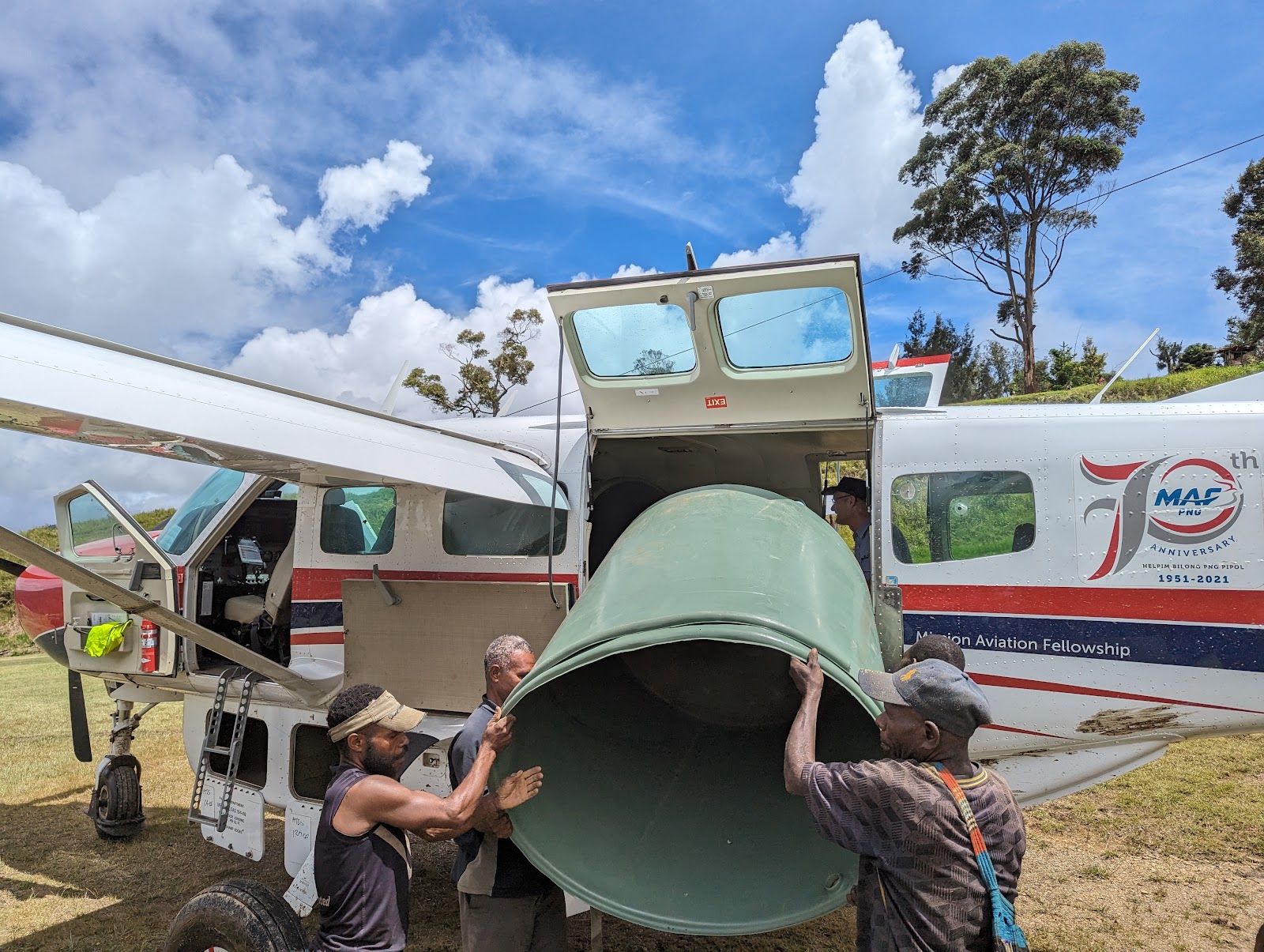


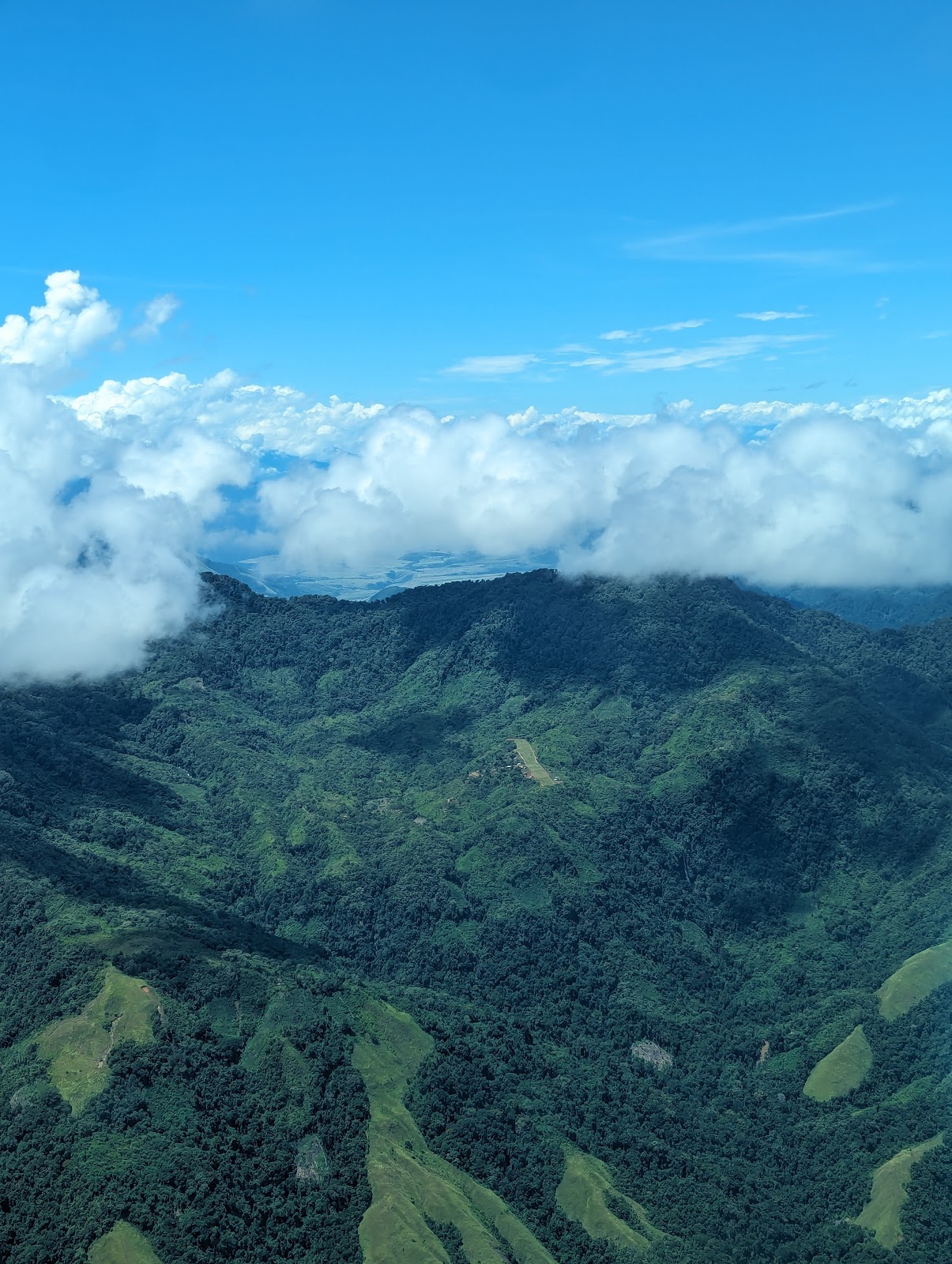
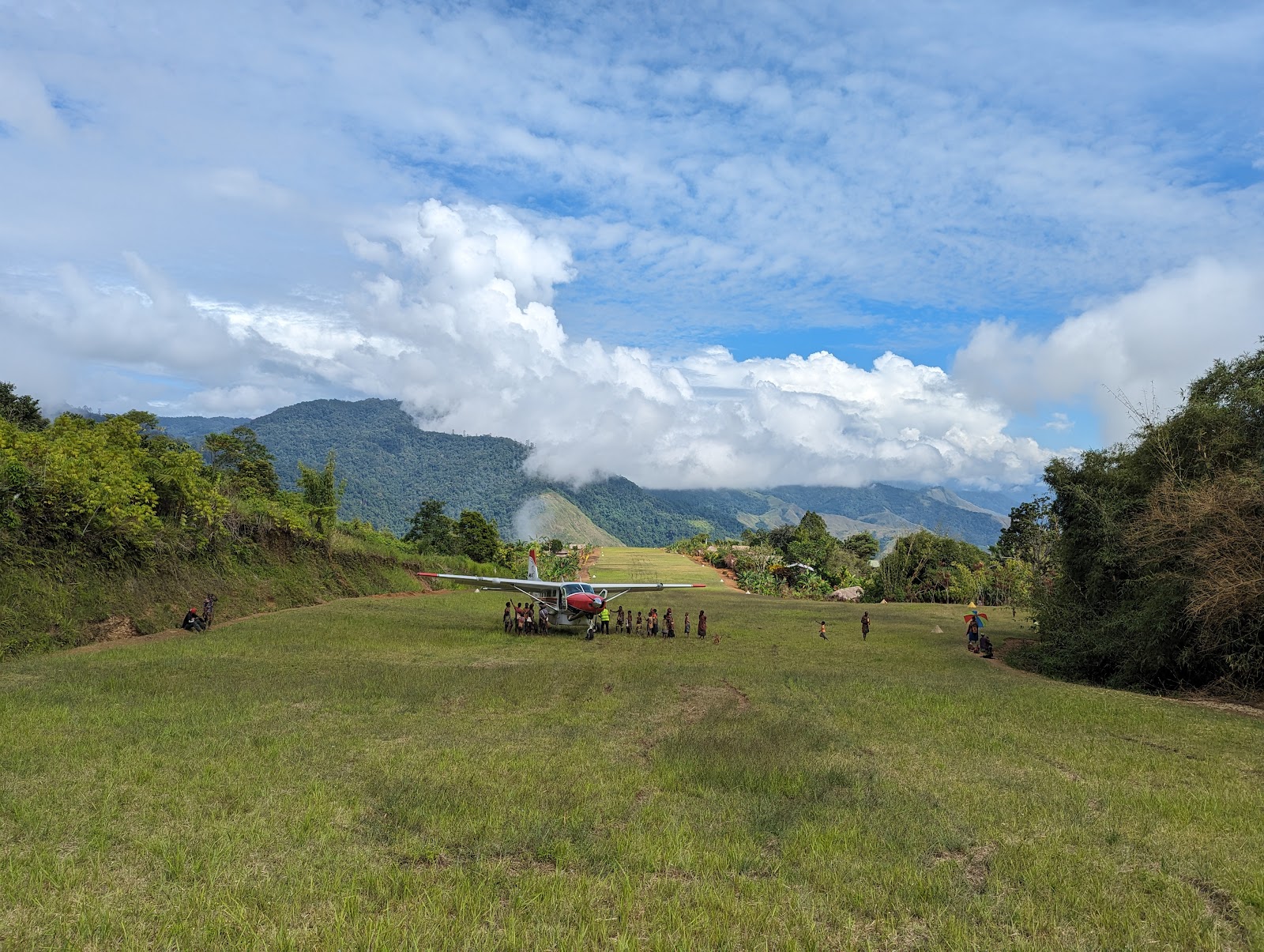
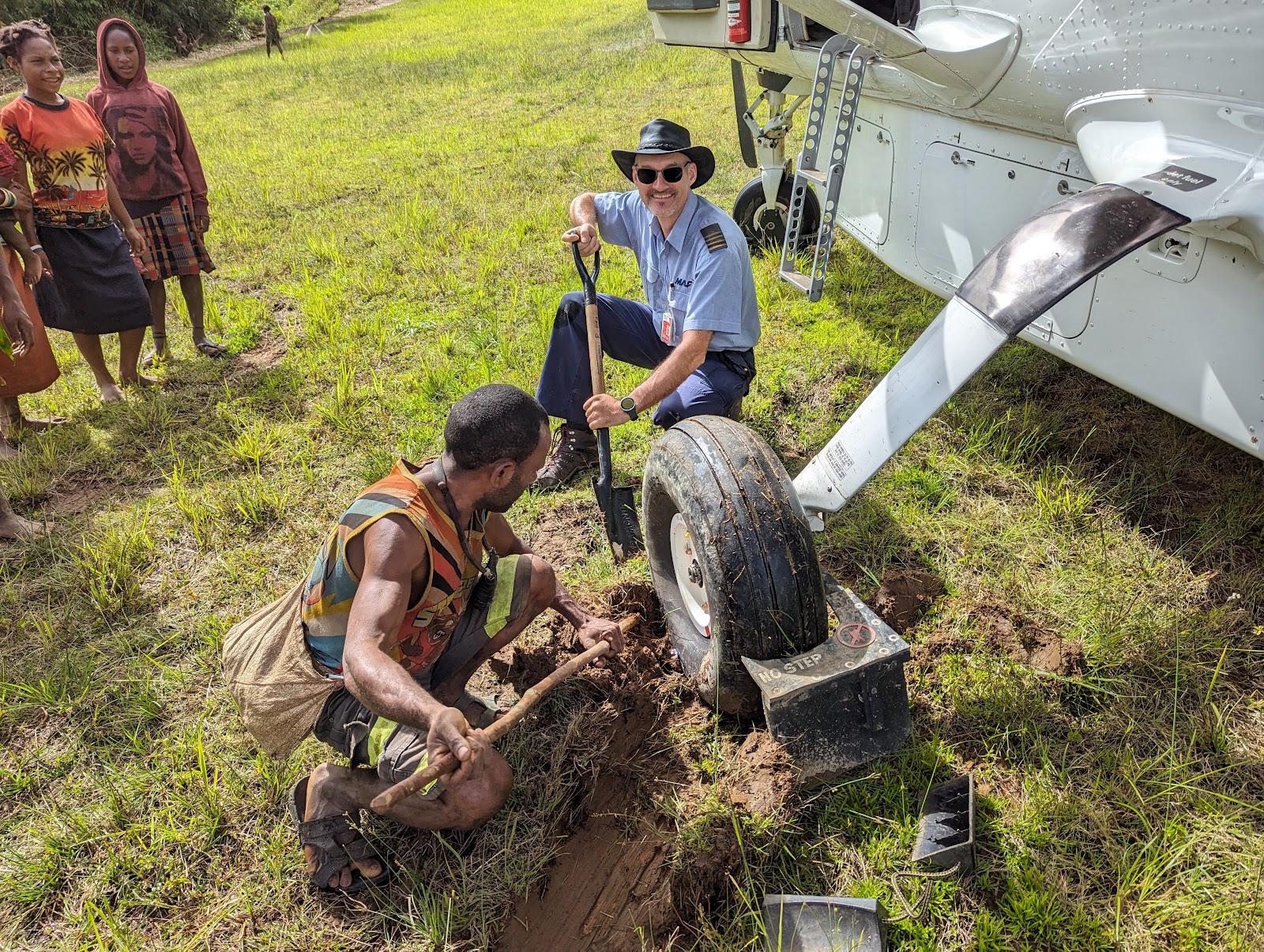
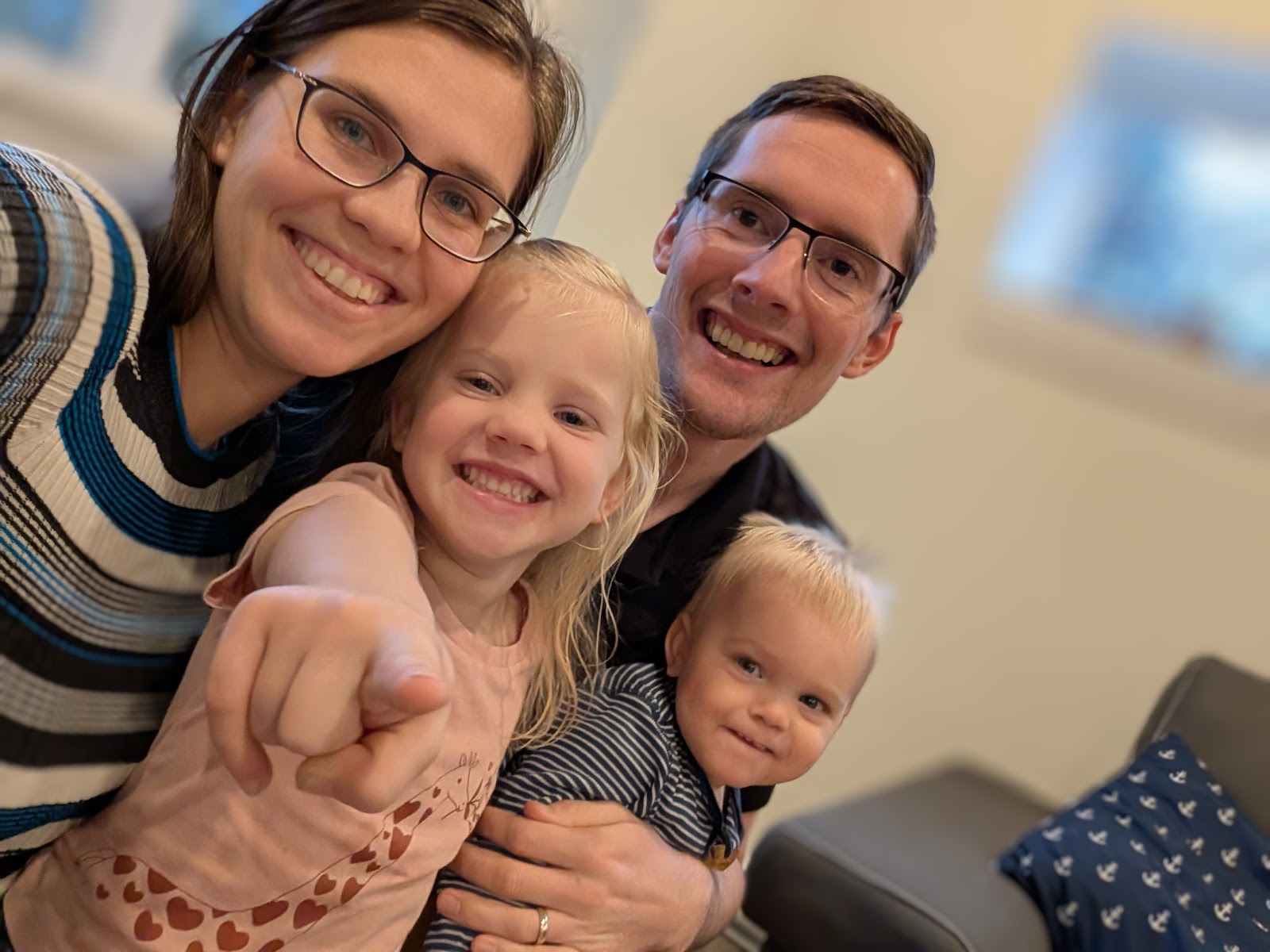



No comments:
Post a Comment